Thailand promises a sweet escape for luxury vacationers and aside from the glorious beach destinations of tropical isles such as Phuket and Koh Samui, Thai food is one of the most loved cuisines in the world. Whilst the classic Asian flavors of soy, chili, ginger, garlic, and lime combine to create culinary magic, Thai desserts are a whole other world of sweetness and wonder; spoonfuls of deliciousness that sweeten the taste buds.
Morning delights, afternoon coolers, exotic fruitiness, and late-night indulgences; Thailand’s desserts are must-try bites. Rather than being an after-dinner course, Thais enjoy sweet dishes in their own right at different times of the day.
Pa Thong Ko
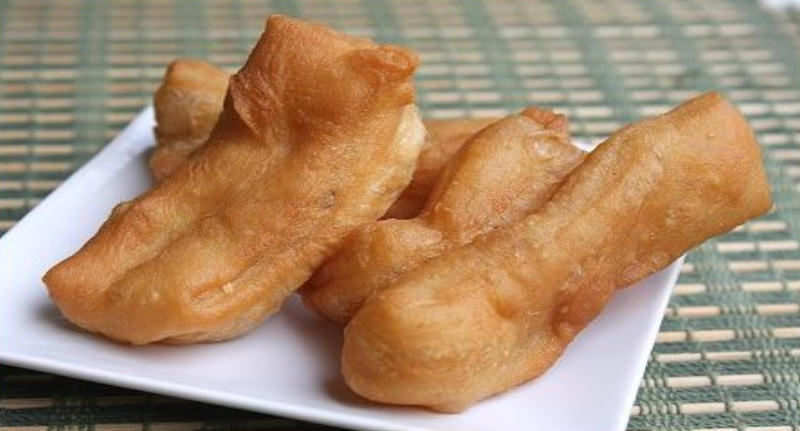
As the monks line the streets to collect alms early in the morning, street stalls set up to make a huge stack of Thailand’s very own donuts. Hot, light, crunchy, and soft, these deep-fried goodies are served until they run out and are traditionally eaten for breakfast. Thais often grab a few on their way to eat a bowl of ‘jok’, a kind of rice porridge, or simply dip them in creamy sweetened condensed-milk or pandan fruit custard.
What better way to start the day than a sugary snack that will keep you energized for a fun-filled vacation day of activities.
Lod Chong
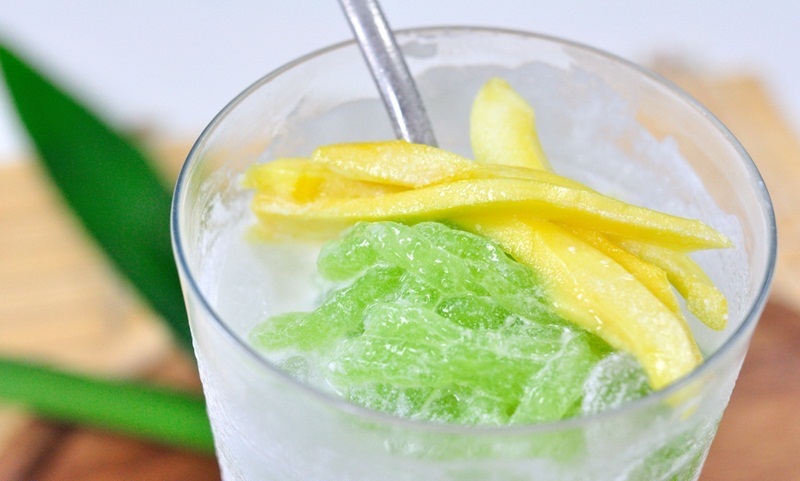
When the sun is high, the perfect way to cool down during a sunny vacation day is with a wonderfully jasmine-scented dessert with what looks like chopped up green spaghetti floating in milk. The bright green and gooey rice and tapioca pasta is flavored with vanilla-tasting pandan and served in sweet coconut milk with ice; a nostalgic dessert classic that is still served up today that exudes an essence of the Thailand of yesteryear.
Variations include Thai ‘rubies’; chestnuts dyed red and dipped in tapioca flour and dropped in boiling water to create a soft and crunchy texture.
Khao Neow Ma Muang
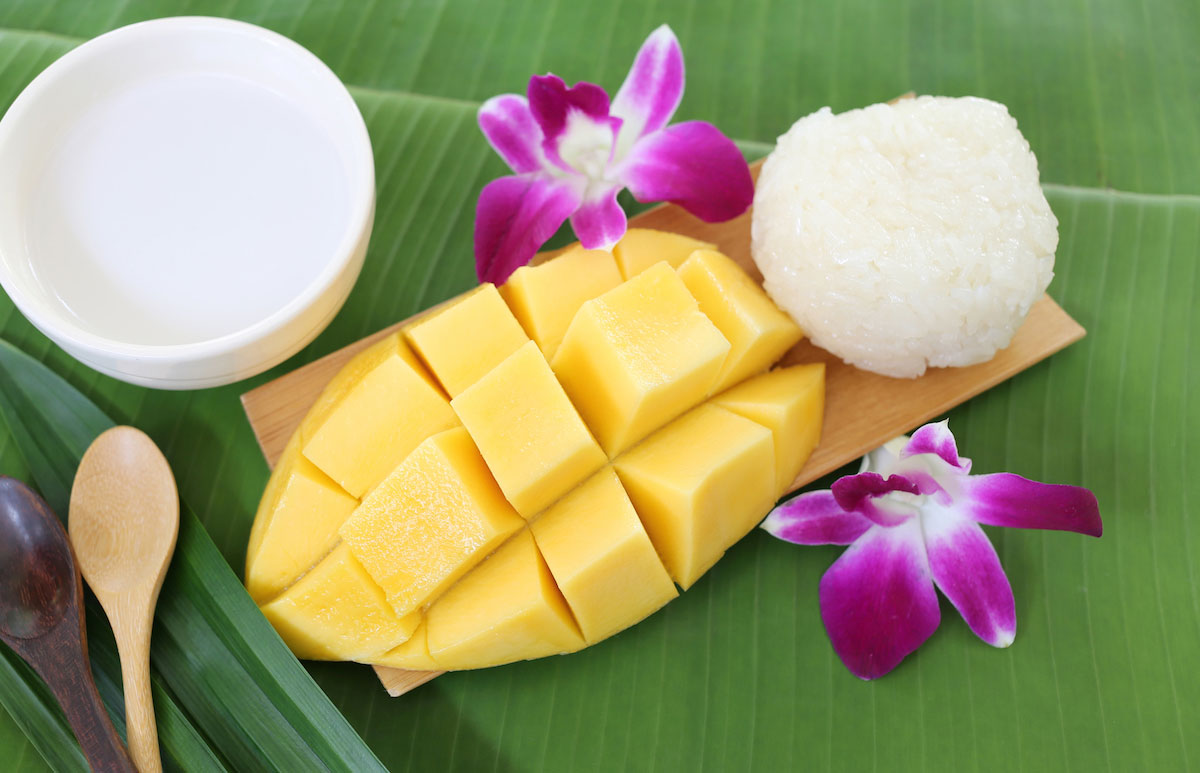
After a day splashing around on holiday in the pool or fun at the beach, mango with sticky rice is the ultimate teatime dessert; a comfort-food classic that is best shared. Fresh slices of sweet, yellowy-orange mango are served with the glutinous rice that is the food staple of Issan, the rural East of Thailand. Here locals also eat the rice with grilled chicken, salty fish, and barbequed pork. The rice is infused with coconut milk and topped with a sprinkling of crunchy bits which are in fact toasted split mung beans.
Look out for this dessert served with the more pungent durian instead of mango, if you are a fan of Thailand’s love-it-or-hate-it ‘king of the fruits’. If sourness is your weakness, then crisp slices of hard, green mango dipped in a sugar-chili dip or fish sauce is a great pick-me-up snack too.
Khao Tom Mat
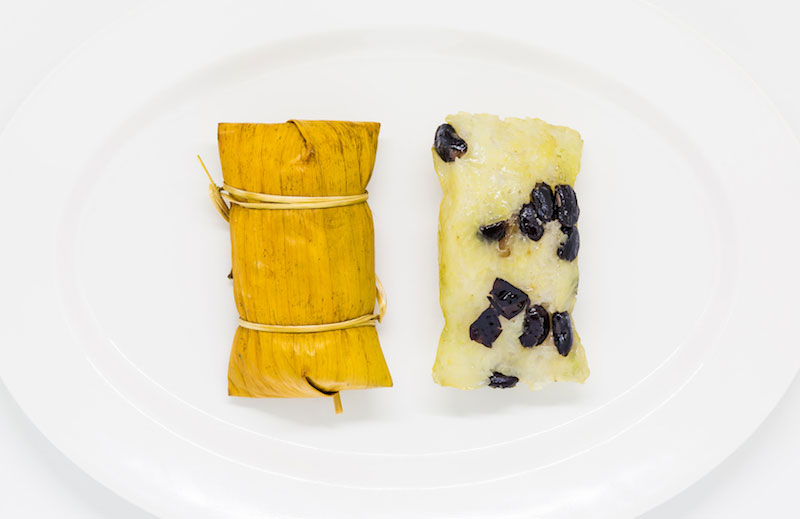
Wrapped in green banana leaves, and steamed, are parcels of sticky rice, black beans, and bananas sweetened with coconut milk and sugar with a dash of salt too. Eaten with the hands, you simply undo the wrapped sticky rice and eat straight from the leaves, tearing off the splendid paste-like mix. Bound by string-like strips of bamboo, the desert symbolizes the binding of couples together and it is believed in Buddhist tradition that couples who offer the sweet to monks at the beginning of Lent will be blessed with a successful married life.
Aside from featuring in traditional Buddhist rituals, the sticky rice is sometimes colored blue with a natural petal dye. Whilst usually steamed, the banana-leaf parcels can also be grilled on a barbeque and there are savory variations served with pork and mung beans too.
Khanom Mo Kaeng
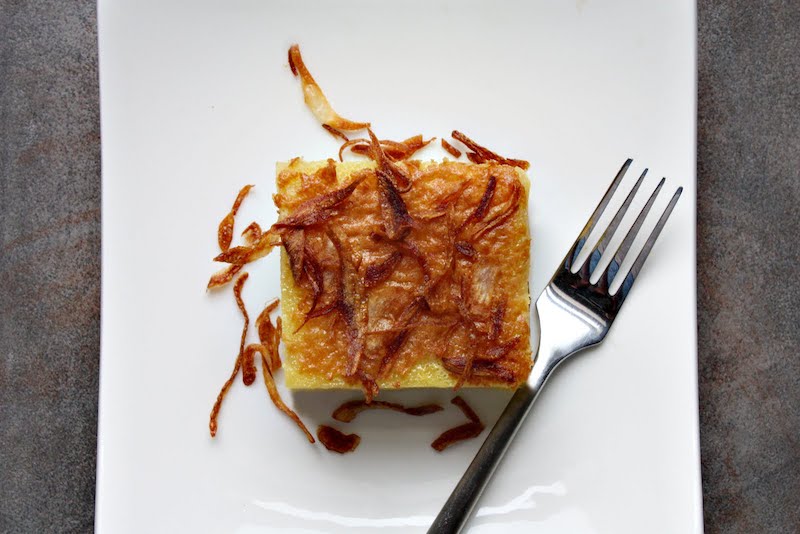
Is it a cake? It is a flan? Is it a custard? This baked egg-custard style pudding is made with coconut milk and either sweet potatoes, mung beans or taro. It is one of Thailand’s most traditional must-try desserts, first created during the Golden Age of Ayutthaya which lasted from the 12th until into the 18th century. Often baked in individual tins or one big cake tin today, the desert was presented to the 17th century Ayutthyan King Narai in a brass pot.
As is often the case with Thai dishes, there is a surprise ingredient. This dessert is served with a topping of fried crispy shallots which in a strange-but-true way works perfectly and is a fine example of how sweet can be savory and savory can be sweet in the topsy-turvy world of Thai cuisine.
Roti
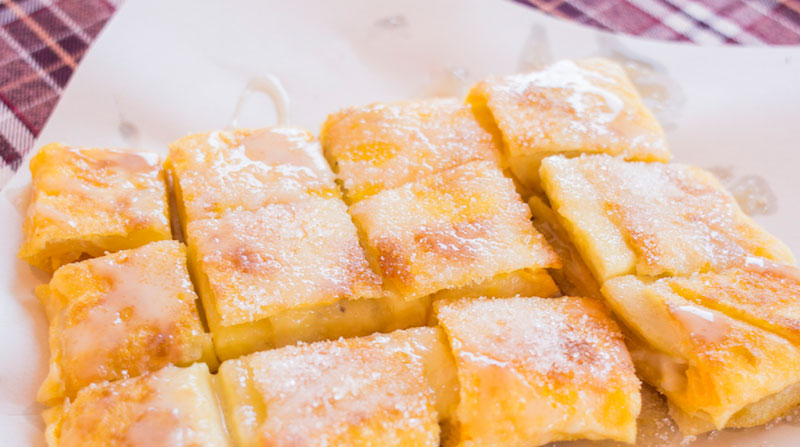
As night falls, during a trip to the night markets or after an evening out, the roti cart always draws queues of all ages looking for a taste of after-dark sweetness with Thailand’s southern version of the pancake. Once bitten is to be forever smitten with this decadent dessert that is crunchy on the outside and soft and stretchy on the inside. Similar to an Indian flatbread, the Thai roti is served in a roll with sugar and sweetened condensed milk or cut into shareable bitesize pieces with chopped banana and egg added.
Avoid the temptation to add chocolate sauce if you can, at least before you have sampled the other roti versions as the richness of the creamy sauce means you really do not need it.
Tips For A Sweet Villa Stay
Desserts are an important part of the culinary landscape of any trip to Thailand and are the icing on the cake when it comes to enjoying a sweet luxury villa vacation stay. Part of the joy of experiencing a villa lifestyle is doing exactly what you want, when you want. An in-villa manager or dedicated concierge can advise where to taste certain foods, from gourmet extravaganzas to street-vendor snacks and take-away sugary morsels. Meanwhile, private dining means your own chef can bring desert straight to the villa whether to an indoor or al fresco table.
Stay in a divine beachfront retreat or a breathtaking clifftop oasis in Phuket or Koh Samui, nestling in a lush rainforest setting or relaxing in a luxury villa sanctuary close to the beautifully soft white sands.





